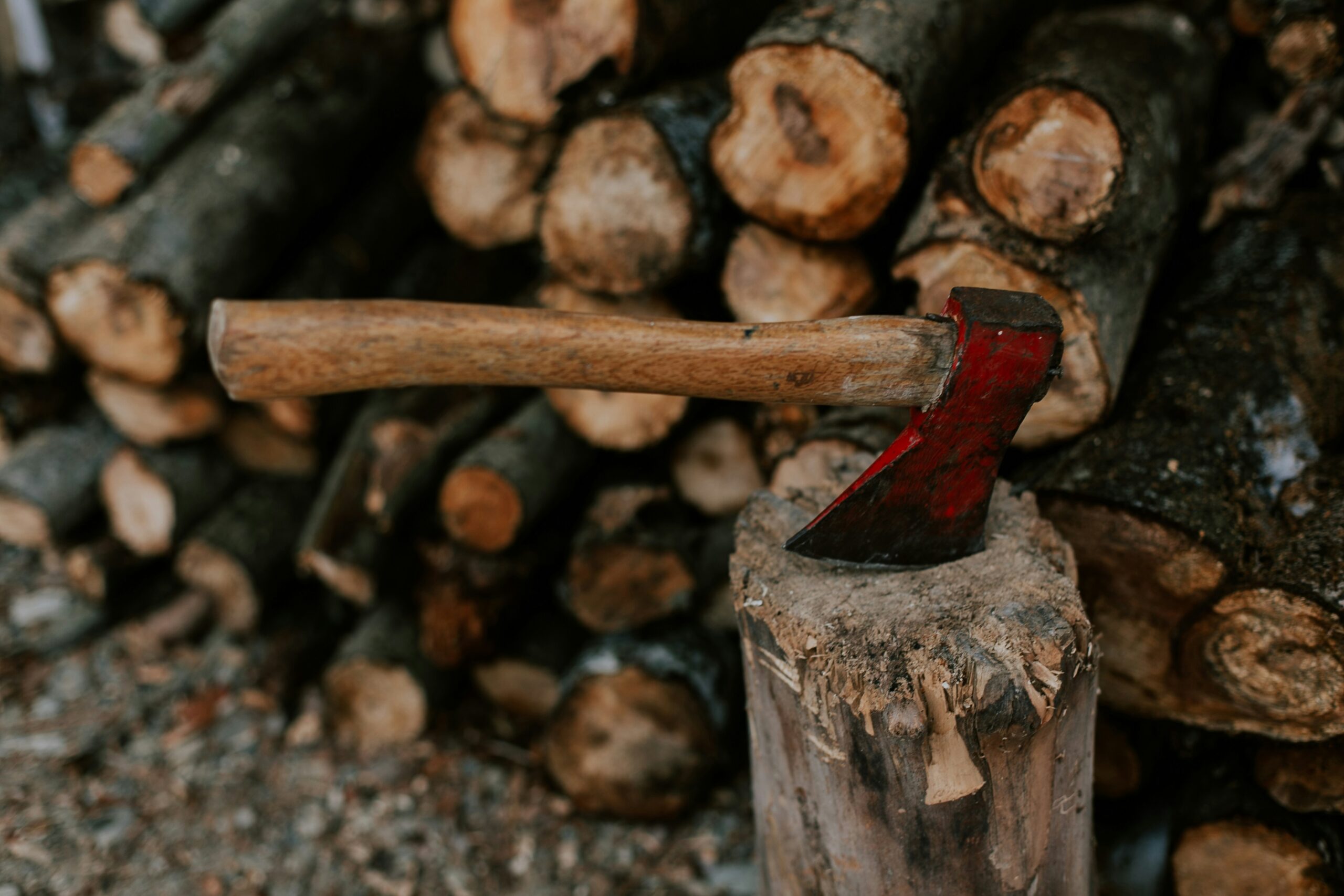Axe throwing can seem challenging for beginners, especially when it comes to choosing the right axe. With so many options available, how do newcomers select an axe that fits their needs? This guide will cover the essential features to look for in axes, such as the type of steel, the shape of the bevel, and the design of the handle. Readers will learn how to find the best axes for their skill level and gain practical tips for testing axes before purchasing. This content aims to simplify the process, making it easier for beginners to confidently choose the right axe for their axe-throwing journey.
Key Takeaways
- safety measures are essential for a secure axe-throwing experience
- choosing the right axe weight and size improves control and accuracy
- understanding axe-throwing terminology enhances communication on the range
- joining a local axe-throwing club fosters skill development and community support
- tracking progress and setting goals helps beginners improve their throwing skills effectively
Begin Your Axe Throwing Journey: Essential Tips for Newcomers
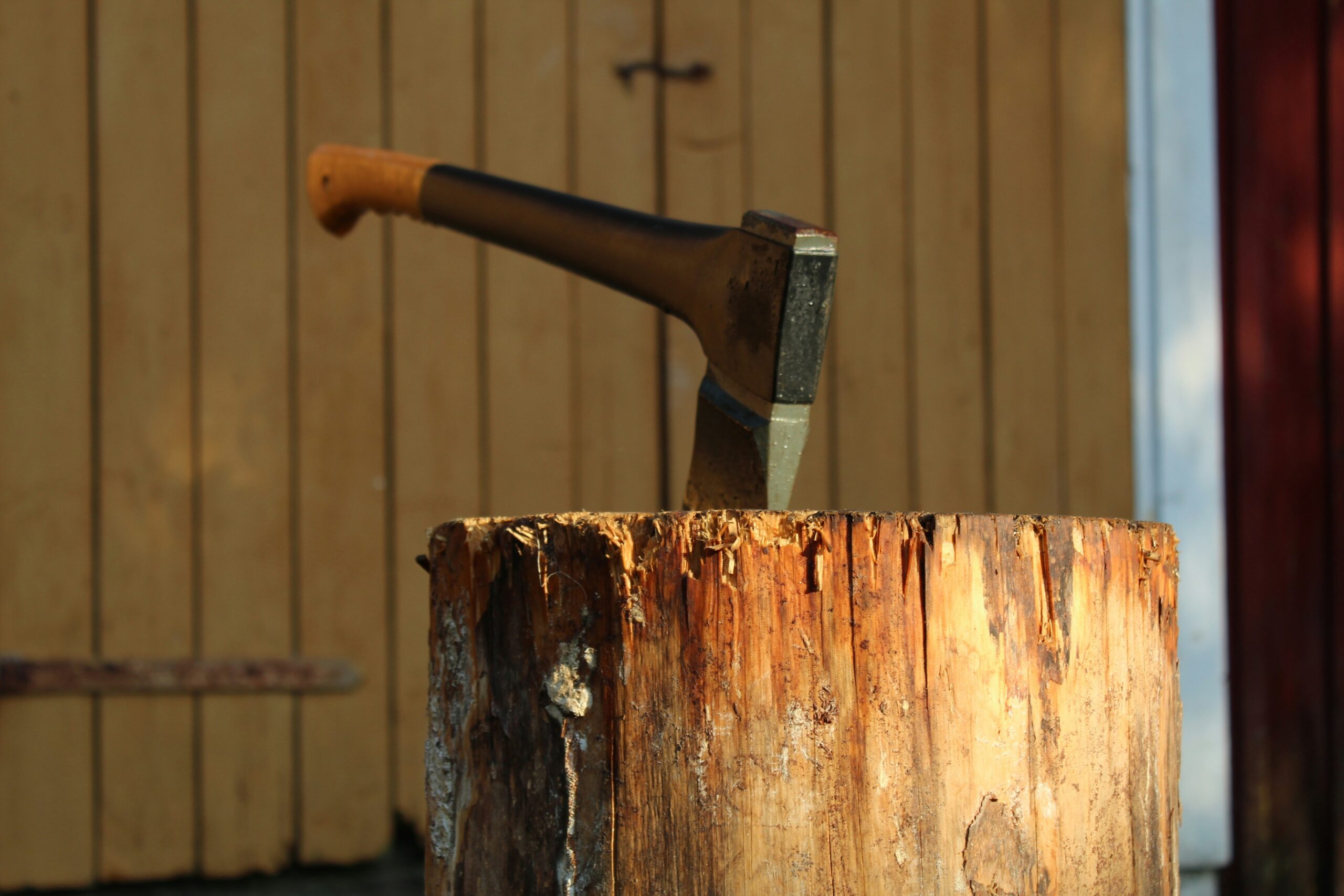
Understanding the basics of axe throwing is vital for newcomers. Essential safety measures ensure a secure experience while avoiding common mistakes and help beginners improve quickly. Learning axe-throwing terminology clarifies communication on the range. Additionally, finding local axe-throwing facilities can enhance training opportunities. Each of these topics supports a successful start in the sport.
Understanding the Basics of Axe-Throwing Sports
Axe throwing is a fun and engaging sport that combines skill and precision. It involves throwing an axe at a wooden target, where accuracy is key. Beginners should understand the importance of the axe’s weight and features like the curve of the blade and the wedge design, which can impact performance. Choosing an axe made with materials like fiberglass can help in durability and usability, making it ideal for novice throwers.
Essential Safety Measures for New Axe Throwers
Safety is a top priority for new axe throwers. Beginners should always wear closed-toe shoes to protect their feet and ensure the throwing area is clear of bystanders. It is also important for throwers to check their axe for any damage before use, as a poorly maintained axe can lead to accidents. Using a sharpening stone can enhance the axe’s performance, but safety gear such as gloves and eye protection should still be mandatory to minimize risk:
- Wear closed-toe shoes.
- Inspect the axe for damage.
- Maintain the axe with a sharpening stone.
- Clear the area of bystanders.
- Use safety gear like gloves and eye protection.
Common Mistakes Beginners Should Avoid
Newcomers to axe throwing often make a few common mistakes that can hinder their progress. One frequent issue is choosing the wrong type of throwing axe; for instance, many beginners may overlook the advantages of a well-balanced tomahawk compared to a heavier option. Additionally, neglecting to select an axe made from quality materials like carbon steel can impact both performance and safety, as a poor-quality axe might not stick into the wood target properly. Understanding these factors can help new throwers improve their skills and fully enjoy their axe-throwing experience.
Axe Throwing Terminology Explained
Axe throwing has its own specific terms that beginners should understand for clearer communication and better performance. Terms like “length” refer to the overall size of the axe, which can influence throwing dynamics. Newcomers should also be familiar with the axe’s weight, measured in pounds, as this affects how they handle the gear. Additionally, materials such as “cold steel” are often referenced in the choice of axes, while treating handles with “linseed oil” can extend the life and usability of the axe.
- Understanding axe length and weight.
- Familiarity with terms like “cold steel”.
- Use of linseed oil for axe maintenance.
- Recognizing quality gear for better throwing.
Finding Local Axe Throwing Ranges and Facilities
Finding local axe-throwing ranges and facilities is a great step for beginners. These venues often provide opportunities to practice with various axes, such as hickory or leather-handled hatchets, under expert guidance. Checking online reviews or asking around can help newcomers identify quality locations where they can receive tips on technique and axe maintenance, including oiling the axe handles to extend their lifespan.
Choose the Right Axe: Key Features for Beginners
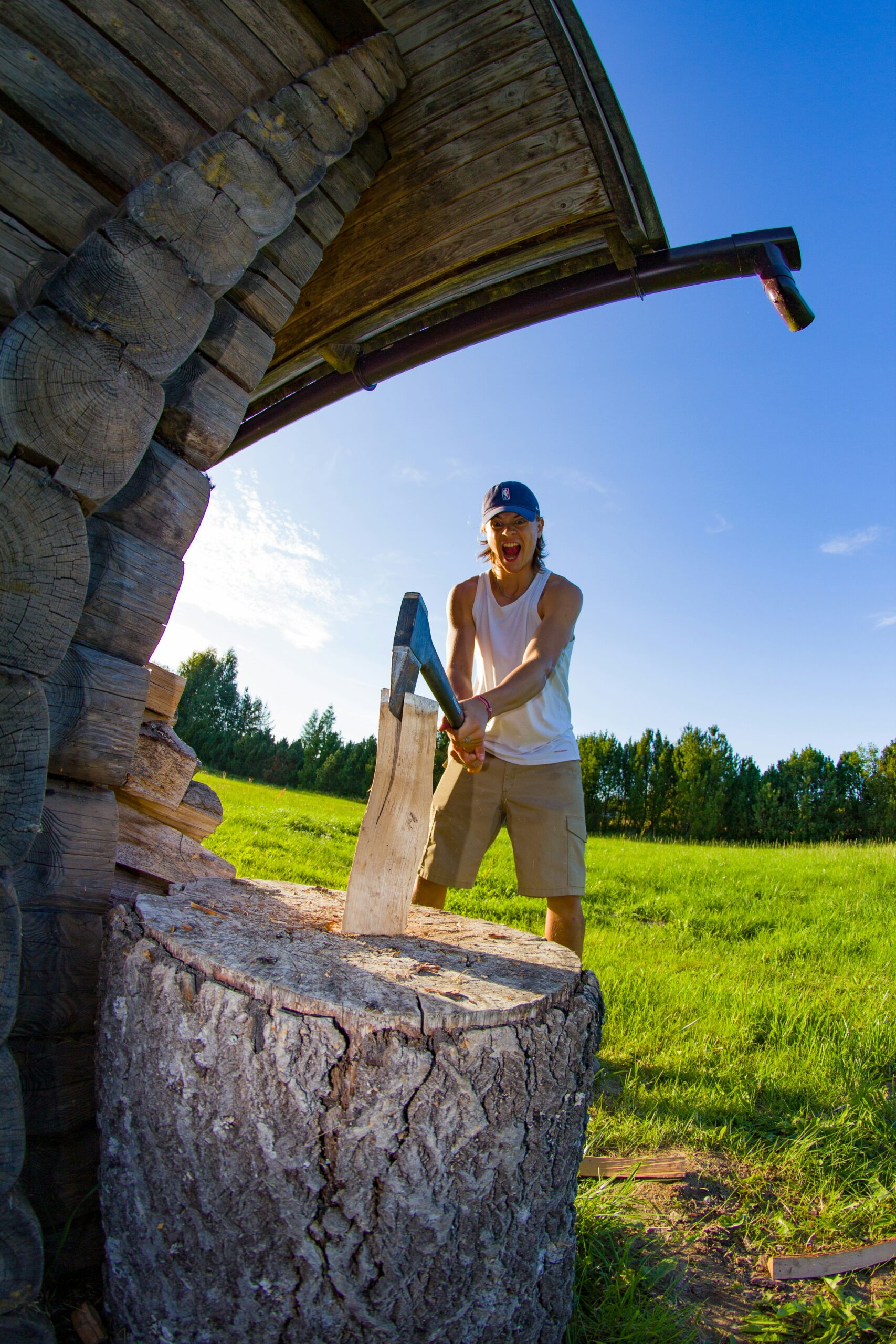
Choosing the right axe is crucial for beginners in axe throwing. New throwers should consider optimal axe weight and size for better control and accuracy. Understanding blade types and materials will help you select a durable option. Handle grip and material impact comfort while balance and aerodynamics enhance performance. Lastly, comparing one-piece and two-piece axes can guide choices based on personal preference and skill level.
Optimal Axe Weight and Size for New Throwers
For beginners in axe throwing, finding the right axe weight and size is essential for developing skills effectively. A lighter axe, typically around 1.5 to 2.5 pounds, offers better control for new throwers. Additionally, an axe length of 14 to 16 inches provides a good balance, making it easier to learn proper throwing techniques and improve accuracy over time.
Blade Types and Materials Suitable for Beginners
When selecting a blade for beginners in axe throwing, it is important to consider both the type and materials used. Carbon steel blades are a great choice, as they offer durability and a sharp edge that can penetrate the wooden target easily. Additionally, axes with a flat blade design can aid in accuracy, while those with a curved blade can provide a different throwing dynamic. Beginners should focus on finding a blade that feels comfortable and suits their throwing style, as this will help build confidence and improve skills more quickly.
Handle Grip and Material Considerations
Choosing the right handle grip and material is important for beginner axe throwing. A comfortable grip can significantly enhance control, allowing for a more accurate throw. Common materials for axe handles include wood and fiberglass, each offering unique benefits; wooden handles provide a classic feel, while fiberglass can add durability and reduce vibration. Throwers should try different grips to determine which one feels best for their throwing style and hand size:
Balance and Aerodynamics in Axe Design
When selecting an axe for throwing, balance and aerodynamics are critical features to consider. A well-balanced axe allows for smoother throws and enhances accuracy, making it easier for beginners to develop their skills. Aerodynamics plays a role, too; a design that minimizes air resistance can help the axe travel straight to the target, improving the chances of sticking in the wood. Knowing about these factors can significantly aid newcomers in choosing an axe that fits their throwing style and increases their success on the range:
- Balance is crucial for control and accuracy.
- Aerodynamics affects how straight the axe flies.
- Choosing the right design enhances throwing performance.
Comparing One-Piece vs. Two-Piece Axes
When comparing one-piece and two-piece axes, beginners should consider the differences in usability and performance. One-piece axes offer a solid construction, enhancing durability and providing a better feel during throws. In contrast, two-piece axes allow for easier handle replacement, which can be handy if the handles get damaged. Understanding these distinctions helps newcomers choose the axe that aligns with their throwing style and preferences:
- One-piece axes provide increased durability and stability.
- Two-piece axes allow for handle replacements if needed.
- Beginners should choose based on comfort and handling preferences.
Discover the Best Axes for Beginners in Axe Throwing
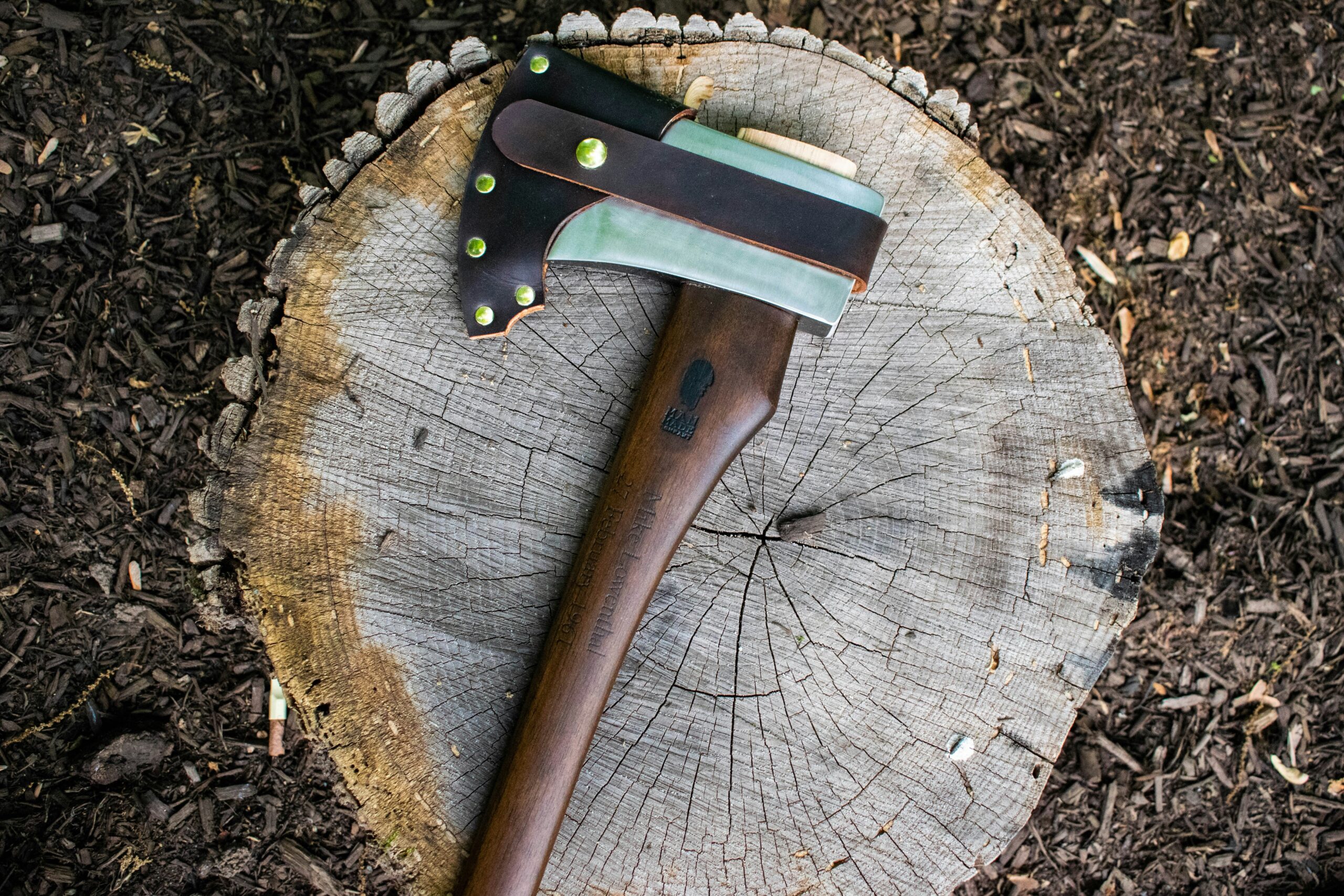
Choosing the right axe is essential for beginners in axe throwing. This section explores top beginner axes through in-depth reviews, detailing why [Axe Model 1] is great for starters, how [Axe Model 2] offers benefits for new throwers, and how [Axe Model 3] enhances the learning process. Finally, [Axe Model 4] is highlighted as the top pick for beginners.
In-Depth Review of Top Beginner Axes
Choosing the right axe can significantly benefit beginners in axe throwing. A well-rounded option often recommended is the XYZ Axe, known for its lightweight design and durability, making it ideal for new throwers. Another great choice is the ABC Tomahawk, which balances performance and ease of use, helping users build confidence quickly:
- XYZ Axe: Lightweight and durable for easy control.
- ABC Tomahawk: Offers good balance for improved accuracy.
- DEF Hatchet: Great for beginners focusing on technique.
- GHI Throwing Axe: Provides a comfortable grip and solid feel.
Why [Axe Model 1] Is Perfect for Starters
The XYZ Axe stands out as an excellent choice for beginners in axe throwing thanks to its lightweight design, making it easier to control for those just starting out. This axe balances weight and size, allowing new throwers to develop proper techniques without feeling overwhelmed. With a durable construction, the XYZ Axe can withstand the rigors of repeated use, ensuring that novices can practice confidently as they build their skills.
Benefits of Using [Axe Model 2] as a Beginner
The ABC Tomahawk is a standout choice for beginners due to its lightweight design and excellent balance. This axe enables new throwers to feel more confident and in control, helping them focus on developing their throwing technique. Its user-friendly features support skill-building, making the learning process enjoyable and effective for those just starting out in axe throwing.
How [Axe Model 3] Enhances Learning
The DEF Hatchet enhances beginners’ learning experience in axe throwing. Its lightweight construction allows new throwers to practice without feeling fatigued, enabling them to focus on perfecting their technique. With its balanced design, users can develop their skills more effectively, leading to increased confidence and improved accuracy as they progress in the sport.
Our Top Pick: [Axe Model 4] Explained
The top pick for beginner axe throwing is the GHI Throwing Axe, recognized for its excellent balance and user-friendly design. This lightweight axe makes it easier for new throwers to gain control and improve their technique without fatigue. Its comfortable grip enhances stability during throws, allowing beginners to focus on hitting their targets confidently. Thus, the GHI Throwing Axe is a smart choice for anyone starting their axe-throwing journey.
Select the Perfect Axe to Match Your Skill Level
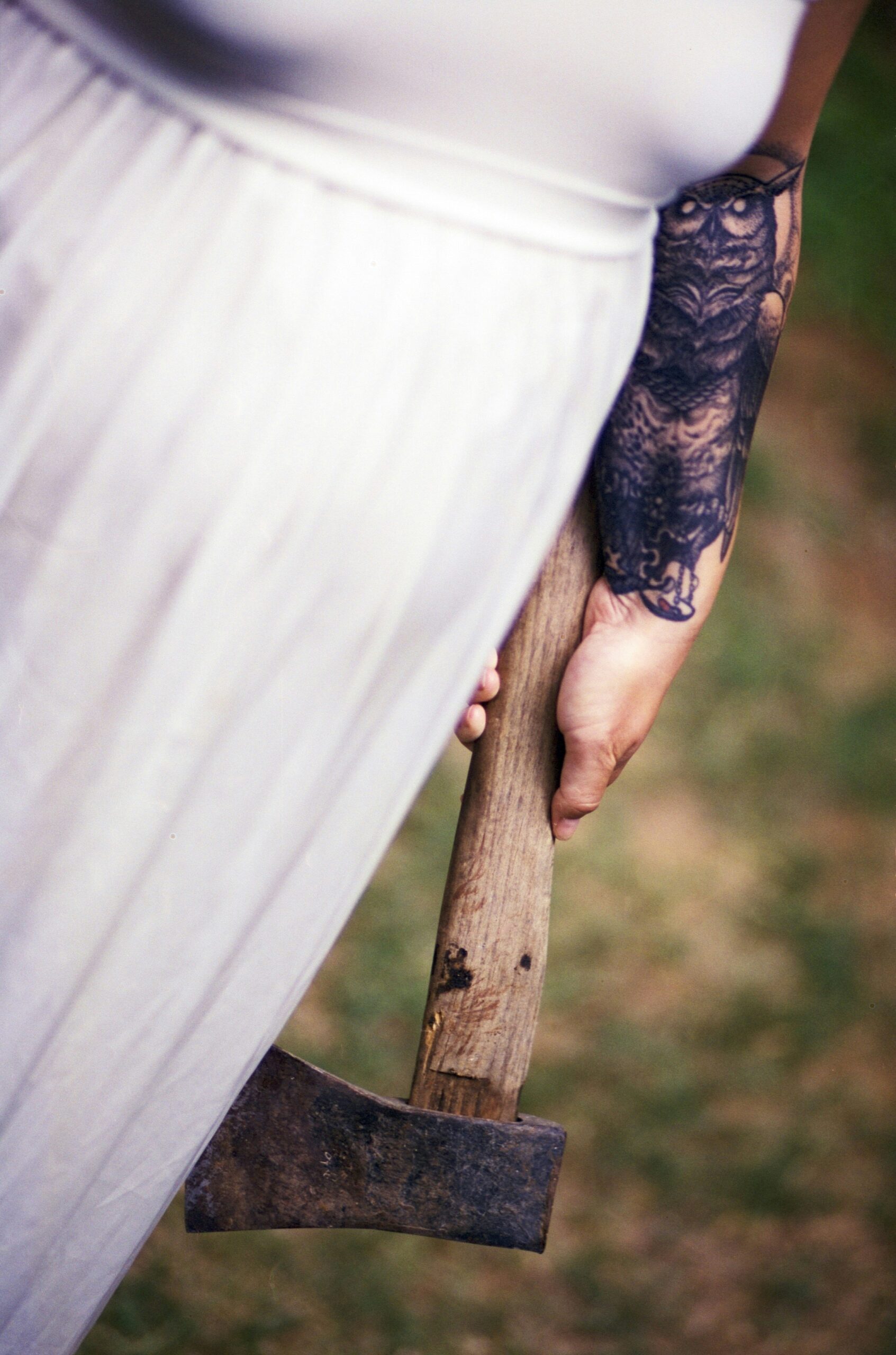
For beginners, selecting the right axe for axe throwing involves several key factors. First, newcomers should assess their strength and throwing style to find an axe that feels comfortable. Matching axe specifications to personal preferences is crucial, as is exploring budget-friendly options that still offer quality. Seeking expert advice can enhance the selection process. Lastly, understanding when to upgrade one’s axe is vital as skills develop.
Assessing Your Strength and Throwing Style
When assessing strength and throwing style, beginners in axe throwing should consider their physical capabilities and comfort level with different axes. Lighter axes, typically weighing between 1.5 and 2.5 pounds, are ideal for those who may not have much upper body strength yet. Understanding how one’s unique throwing technique impacts control can also guide novices in selecting an axe that feels right, making it easier to learn and improve skills in this engaging sport.
Matching Axe Specifications to Personal Preferences
When matching axe specifications to personal preferences, beginners should consider what feels comfortable during throwing. Factors like weight and handle grip matter significantly; a lighter axe may be easier to handle, especially for those new to the sport. Each individual needs to try different axes to find the right balance and feel that boosts their confidence and supports their unique throwing style.
Budget-Friendly Options Without Compromising Quality
Finding budget-friendly axes for beginners in axe throwing is possible without sacrificing quality. Many well-made axes offer durability and good performance at a lower price point. For example, several brands provide solid options made from quality materials like carbon steel designed to withstand regular use, making them perfect for newcomers looking to practice without breaking the bank.
Seeking Expert Advice and Recommendations
Seeking expert advice can greatly benefit beginners in axe throwing. New throwers should connect with local axe-throwing coaches or experienced enthusiasts for insights on selecting the right axe that fits their skill set. Many facilities offer workshops where participants can receive personalized recommendations and hands-on experience, helping them to make informed decisions while building their confidence in the sport.
Upgrading Your Axe as You Advance
As beginners improve their axe-throwing skills, it is important to consider upgrading to a more advanced axe that better matches their developing abilities. A more specialized axe can enhance performance by offering improved balance, grip, or weight tailored to the individual thrower’s style. Recognizing the right time to upgrade—when comfort and control become prominent factors—can lead to greater success and enjoyment in the sport.
Test and Try Axes Before You Buy: Practical Tips
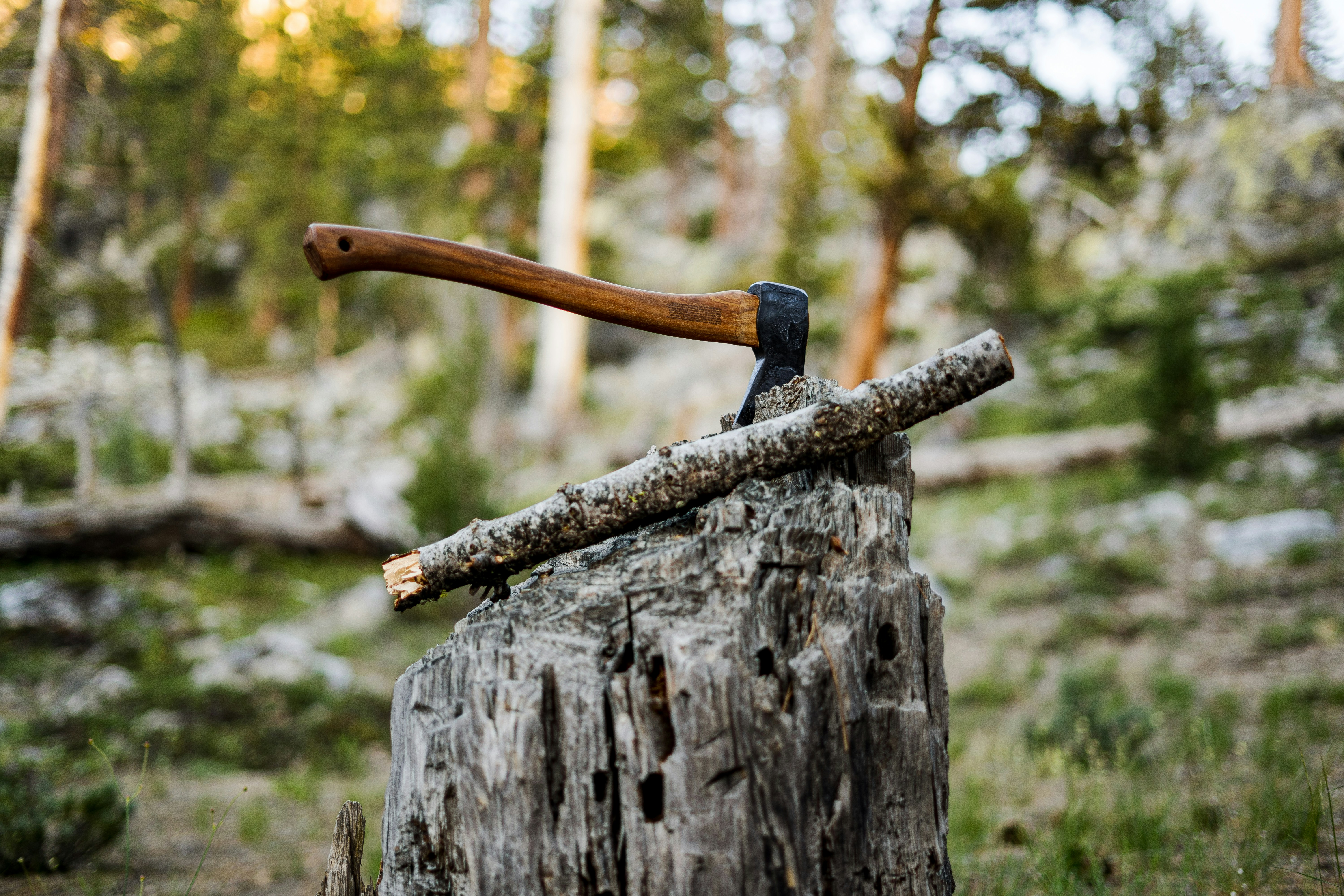
Handling axes in-store is essential for beginners to choose the right axe for throwing. Evaluating comfort and grip during practice throws helps unfamiliar throwers identify what feels best. It’s also important to spot any potential issues before making a purchase. Understanding return policies ensures peace of mind, while online shopping tips can guide selections effectively.
Importance of Handling Axes in-Store
Handling axes in-store is vital for beginners to select the right one for axe throwing. It allows them to assess different axes’ weight, balance, and grip before deciding. Trying out axes through practice throws ensures they find a model that feels comfortable, which is essential for developing skills and confidence in the sport:
- Assess weight and balance to find comfort.
- Test grip to ensure control during throws.
- Spot potential issues like handling damage before purchasing.
- Understand return policies for peace of mind.
Evaluating Comfort and Grip During Practice Throws
Evaluating comfort and grip during practice throws is essential for beginner axe throwing. When picking an axe, holding it while throwing to feel how it fits in the hand is important. A good grip must feel secure and allow for easy control; this can help avoid slips that lead to poor throws. Testing various axes ensures that novices find one that feels right, setting the stage for improved accuracy and enjoyable practice sessions:
Identifying Potential Issues Before Purchasing
Identifying potential issues before purchasing an axe is crucial for beginners in axe throwing. Shoppers should carefully inspect the axe for any visible damage, such as cracks in the handle or nicks on the blade, as these can lead to unsafe throwing experiences. Testing the axe by holding it to see if it feels comfortable and balanced also helps ensure a good fit, preventing future performance problems.
Understanding Return Policies for Axe Purchases
Understanding return policies is important when purchasing an axe for throwing. Beginners should look for stores that offer easy return options, especially if the axe does not feel comfortable or meet expectations after trying it out. Knowing the time frame for returns and whether the axe needs to be in its original packaging can help new throwers make a confident purchase.
Online Shopping Tips for Selecting Axes
When shopping online for axes, beginners should focus on reputable websites that provide clear product descriptions and customer reviews. Reading these reviews can help them understand how each axe performs in real-world conditions, which can be vital for making an informed choice. Additionally, checking for return policies is essential, as it allows newcomers to exchange or return an axe if it doesn’t meet their needs after trying it out at home.
Advance Your Axe Throwing Skills: What’s Next After Choosing Your Axe

After selecting the best axe, beginners can focus on advancing their skills. Proper throwing techniques are crucial for accuracy. It is also important to set up a safe practice area at home and consider joining axe-throwing clubs for community support. Tracking progress and setting improvement goals can help maintain motivation while participating in beginner competitions offers great opportunities for friendly challenges.
Practicing Proper Throwing Techniques
Practicing proper throwing techniques is crucial for beginners looking to improve their axe-throwing skills. It focuses on stance, grip, and release points to achieve accuracy. New throwers should start by standing with their feet shoulder-width apart and aligning their body toward the target. Then, gripping the axe firmly, they should aim for a smooth, controlled release, which helps ensure the axe sticks to the target:
- Focus on having a stable stance.
- Ensure a proper grip on the axe.
- Aim for a smooth and controlled release.
Setting Up a Safe Practice Area at Home
Anyone looking to improve their axe-throwing skills should set up a safe practice area at home. First, beginners should choose a spacious outdoor area, ensuring a safe distance from people, animals, and structures. A wooden target should be securely anchored and made of materials like softwood, which can better withstand repeated impacts and allow for easy axe retrieval. Creating a designated space for practice improves skills and ensures safety during each throw.
Joining Axe Throwing Clubs and Communities
Joining axe-throwing clubs and communities can greatly enhance a beginner’s skills and enthusiasm for the sport. These groups often provide access to experienced coaches who can offer personalized tips and guidance, making it easier to improve technique. Additionally, being part of a community fosters motivation through friendly competitions and shared experiences, creating a supportive environment that helps newcomers feel more comfortable and engaged in their axe-throwing journey.
Tracking Progress and Setting Improvement Goals
Tracking progress and setting improvement goals is essential for beginners in axe throwing to develop their skills effectively. By keeping a journal of each practice session, new throwers can note their successes, mistakes, and areas needing improvement. This practice helps users identify patterns in their throwing technique while setting realistic goals and encourages steady growth in accuracy and confidence over time.
Participating in Beginner Competitions
Participating in beginner competitions can greatly enhance a novice’s axe-throwing experience. These events allow new throwers to test their skills in a friendly environment while meeting others who share an interest in the sport. Competitions often include beginner categories, which provide a supportive space to learn and grow, building confidence and technique through practice and friendly challenges:
- Gaining experience in a low-pressure setting.
- Meeting fellow axe throwers and sharing tips.
- Receiving constructive feedback from more experienced participants.
Conclusion
Choosing the right axe is vital for beginners in axe throwing as it directly affects their skills and confidence in the sport. Understanding axe weight, handle grip, and materials ensures that newcomers find a comfortable and effective tool to enhance their throwing technique. Assessing individual preferences and practicing in safe environments further contributes to a successful journey in axe throwing. By following these guidelines, beginners can enjoy a rewarding experience while steadily improving their abilities.

